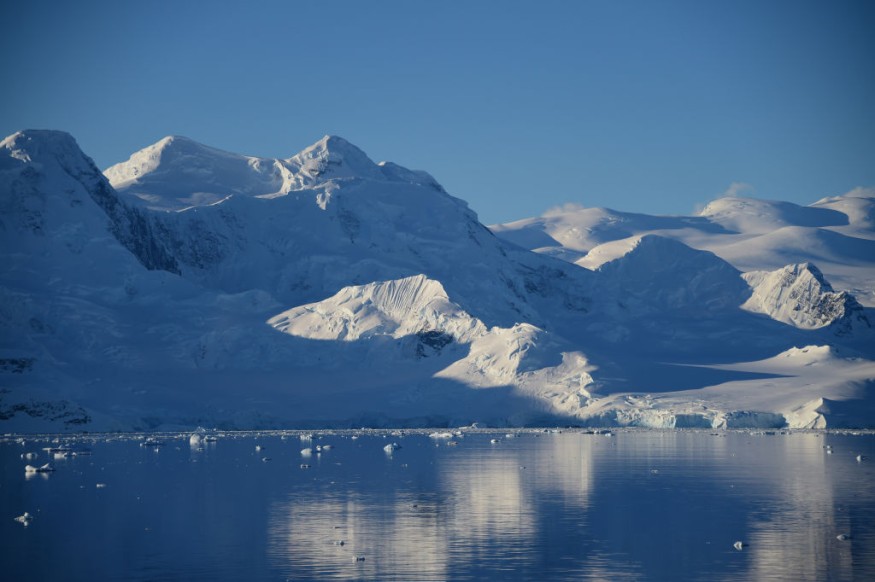Vast old sea ice broke free from the so-called land glacier "Marie Byrd Land" in Antarctica. The breakage led to the formation of a new ice sheet off the coast of the land glacier. Scientists claim the event was caused by natural processes relating to the calving of ice instead of climate change.
Marie Byrd Land

Prior to the event in Marie Byrd Land in March, Michael Lowe, an analyst from the U.S. National ice Center observed the gradual breakage of the sea ice on the coastline of Antarctica for two months. Lowe first noticed an anomaly when the tip of the land glacier started to break apart, as per SciTechDaily.
Also called "fast ice," the massive ice chunk attached to glaciers and icebergs drifted apart as it started to thicken over the years. The ice also reportedly serves as an anchor for the said ice giants, resulting in a symbiotic relationship, says Lowe.
The event is considered to be contrary to the observed regrow of sea ice around Antarctica by satellite record in late February. This has raised speculations on whether the breakage was due to climate change.
For decades, global warming due to human-induced climate change and emission of greenhouse gases had led to a cascade of healing effects worldwide, contributing to the melting of glaciers in the ice continents of Antarctica and Arctic.
Iceberg Calving and Antarctic Coastal Current
The observations of the recent sea ice breakage were posted in a research article on the European Geoscience Union (EGU) site.
The evacuation of fast ice between February and March is due to Antarctic Coastal Current, according to Frazer Christie, a glacier geophysicist at the Scott Polar Research Institute of the University of Cambridge in Cambridge, England, as cited by SciTechDaily.
Christie presumes that the Antarctic Coastal Current is carrying the icebergs into the west direction of the broken sea ice. As a result, it led to the occurrence of iceberg calving-which Christie defined as a natural process for glaciers that retreat or terminate into the ocean.
In addition, the National Snow & Ice Data Center (NSIDC) explains that ice calving occurs during a glacier's terminus-a term frequently used for tidewater glaciers, glaciers at the edge of lakes, or ice that falls from hanging glaciers.
Correlation with Climate Change
Changes in the landscape of the Marie Byrd Land have been monitored since 2000 through NASA's Terra and Aqua satellites, which contain the Moderation Resolution Imaging Spectroradiometer (MODIS).
This allowed research on the land glacier through MODIS-regulated satellite observations to determine that fast ice has started to decrease off the coast of Marie Byrd Land.
Christie further added that this long-term ice evacuation of more than 20 years in the making has contributed to the latest fast ice calving.
In spite of the current data and evident melting of ice in Antarctica, the scientists claim there is no evidence yet that the March incident in the Marie Byrd Land is related to climate change.
In the next coming winter and summer seasons, scientists are reportedly expected to monitor the glacier, sea ice, and icebergs off the coast of Antarctica's Mari Byrd Land.
© 2025 NatureWorldNews.com All rights reserved. Do not reproduce without permission.





